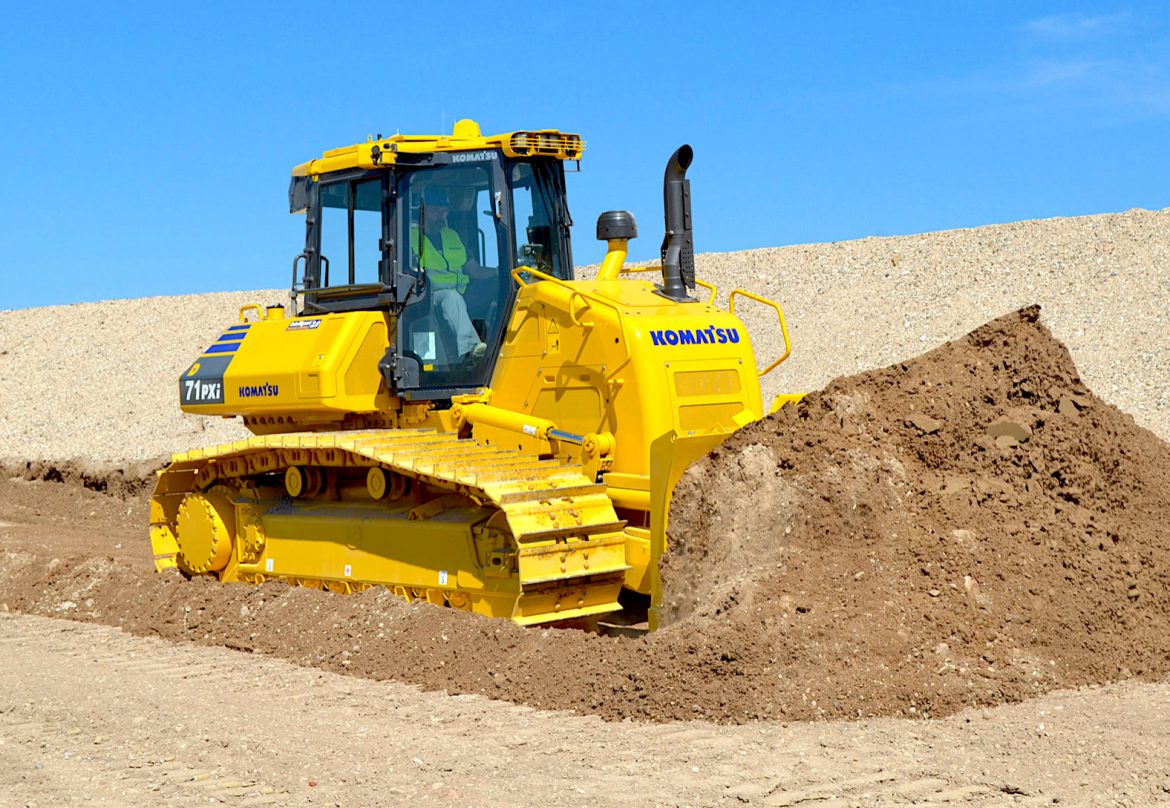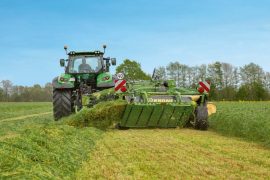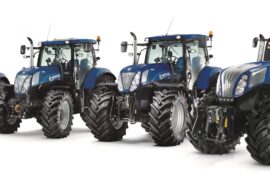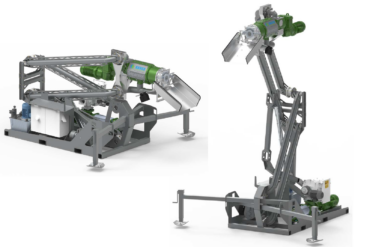The range of Komatsu products fitted with its intelligent machine control system has expanded with the arrival of its new D71-24 bulldozer, the largest in its line up to come equipped with Hydrostatic Transmission (HST).
Bringing intelligent machine control to a new class of bulldozer, the D71-24 is described by Komatsu’s distributor in Ireland, John O’Brien of McHale Plant Sales, as ‘a highly versatile machine, offering unrivalled visibility, razor sharp response and heavyweight performance coupled with lightweight consumption’.
With first versions now available in Ireland, the D71-24 is powered by Komatsu’s own EU Stage V engine, delivering a power output of 179kW / 240 HP @ 2,100rpm. With a blade capacity of up to 5 cubic meters, operating weights range from 22,600 to 24,000 kg, depending on machine configuration.
Complete with a high-capacity, wear-resistant blade, designed for durability and functionality, the new dozer is equally adept at precise high-speed grading and rough dozing. Its Parallel Link Undercarriage System (PLUS) features rotating bushings to help minimise maintenance downtime and cost of ownership.
Available as both a standard model (EX) and a low ground pressure model (PX), EXi and PXi versions come equipped with Komatsu’s second-generation fully factory integrated Intelligent Machine Control iMC 2.0 technology that continuously scans the jobsite and uses the data to plan the next pass. Used in over two million customer operation hours on bulldozers in Europe alone, the automated dozing control provides market leading levels of quality, reliability, accuracy and performance.
Other notable features on the D71-24 include ‘lift layer control’ to automatically spread fill from existing terrain; ‘tilt steering control’ which continuously and automatically tilts the blade to maintain straight travel for a cleaner cut and ‘quick surface creation’ to allow operators strip or spread using automatic modes whilst awaiting finish grade mode. In addition, two roof mounted GNSS antennas help maintain accuracy even when working on slopes, whilst multiple GNSS systems reduce risk of shadows from obstructions.





